In our SNIA Networking Storage Forum webcast series, “Storage Life on the Edge” we’ve been examining the many ways the edge is impacting how data is processed, analyzed and stored. I encourage you to check out the sessions we’ve done to date:
On July 12, 2022, we continue the series with “Storage Life on the Edge: Accelerated Performance Strategies” where our SNIA experts will discuss the need for faster computing, access to storage, and movement of data at the edge as well as between the edge and the data center, covering:
- The rise of intelligent edge locations
- Different solutions that provide faster processing or data movement at the edge
- How computational storage can speed up data processing and transmission at the edge
- Security considerations for edge processing
We look forward to having you join us to cover all this and more. We promise to keep you on the edge of your virtual seat! Register today.








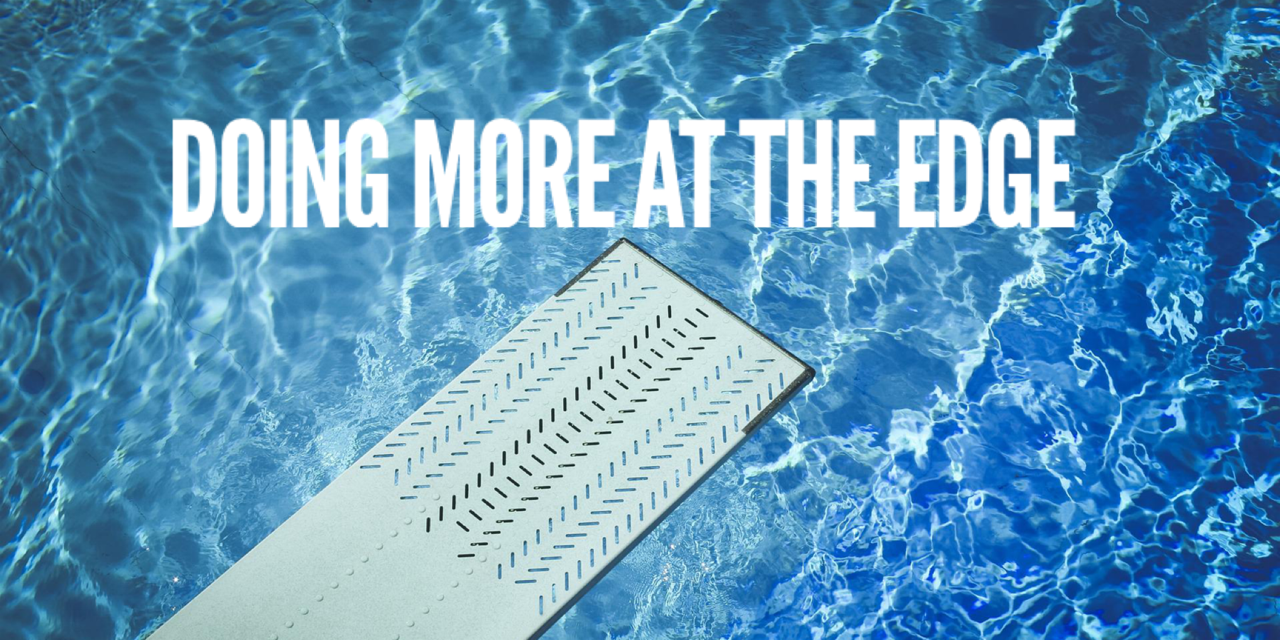

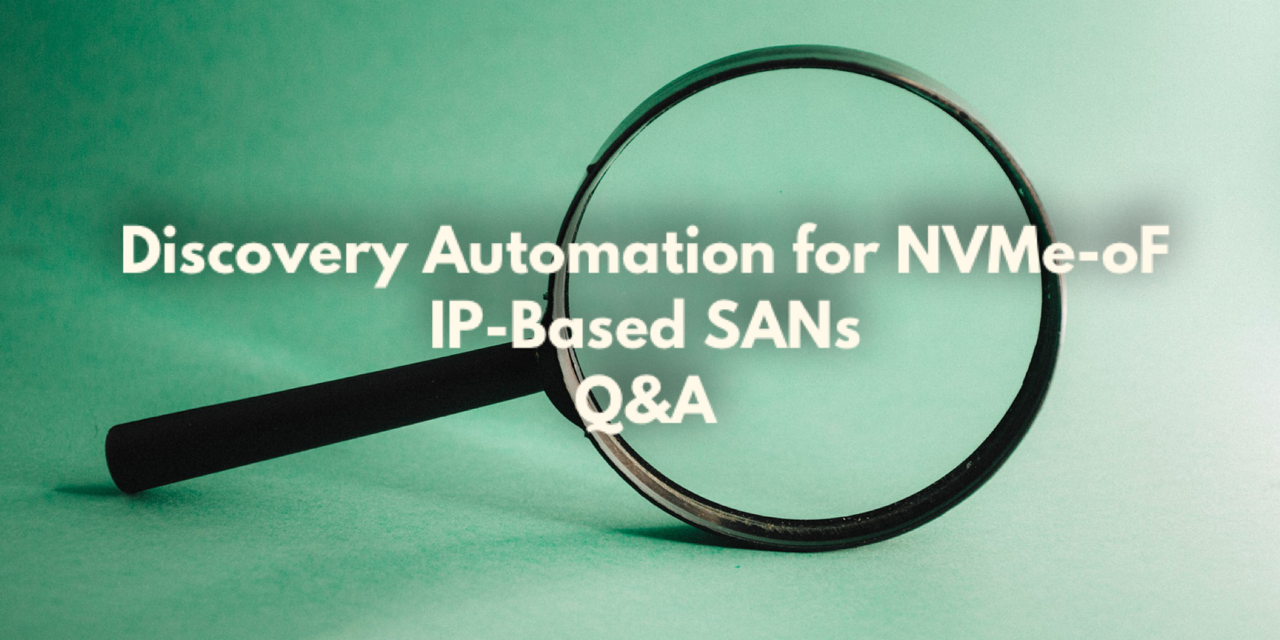
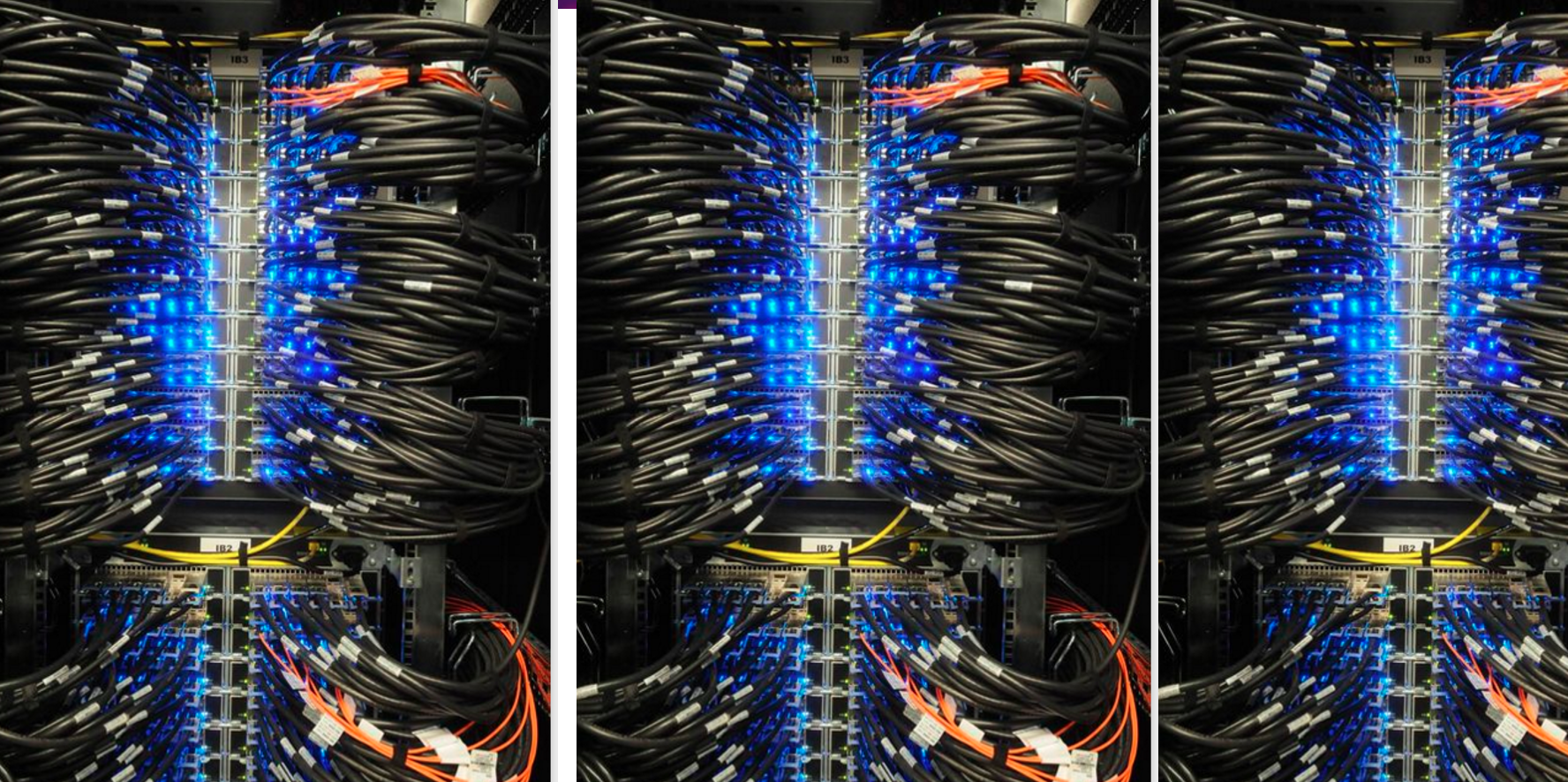
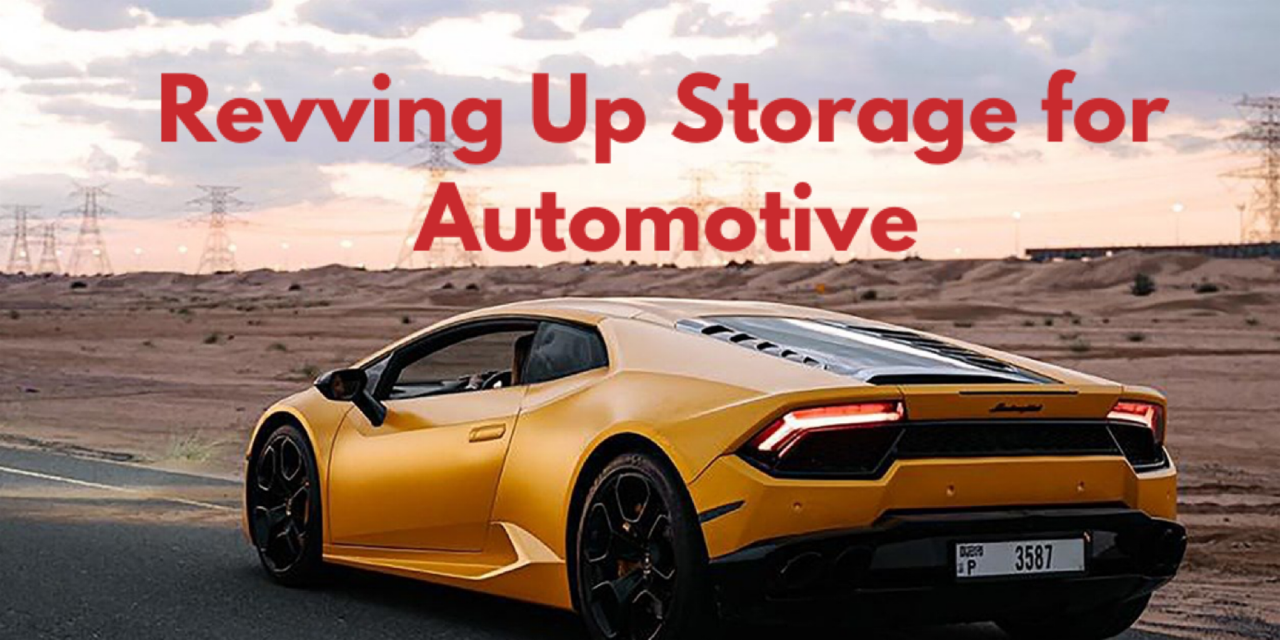
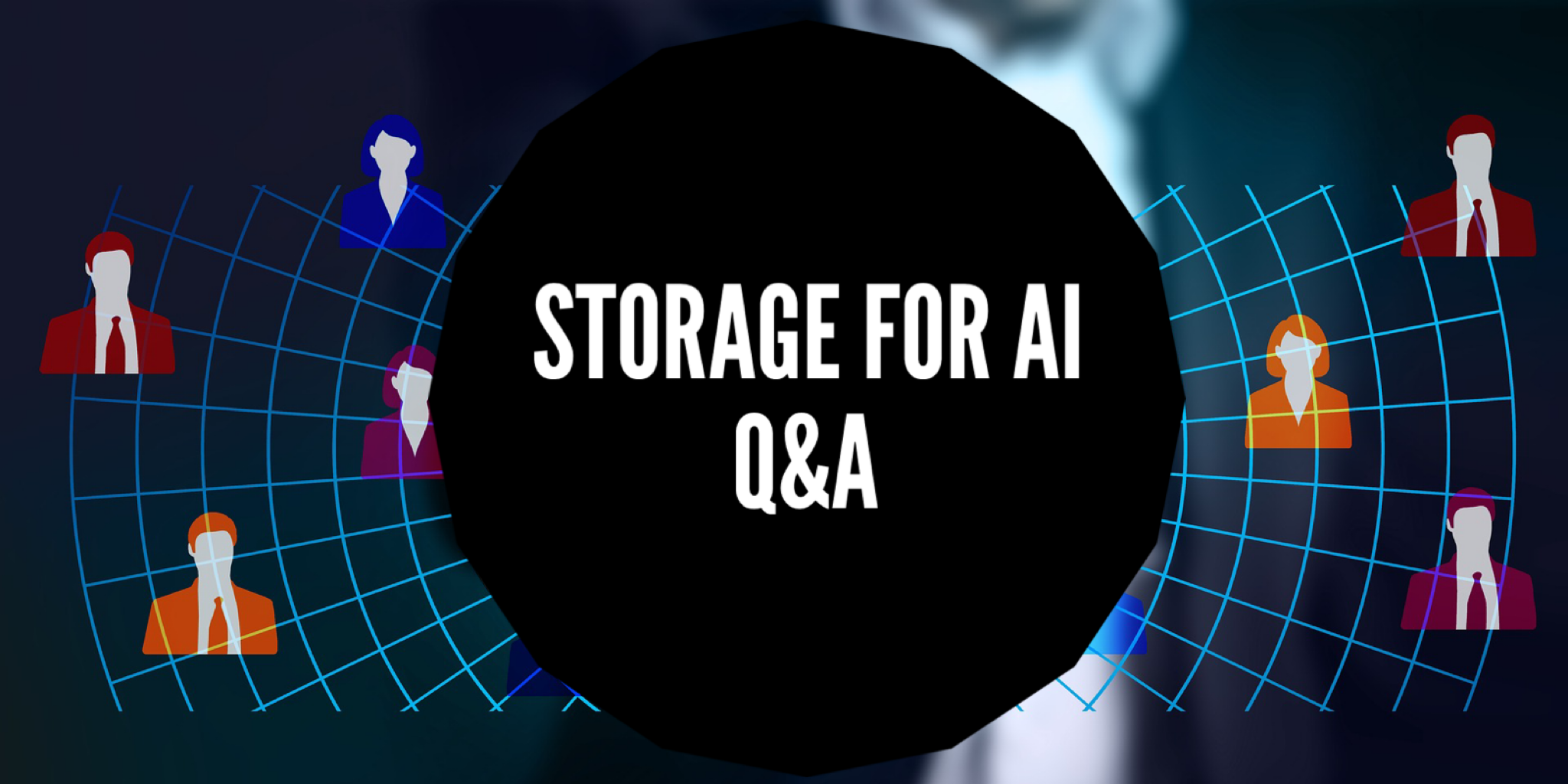
Leave a Reply